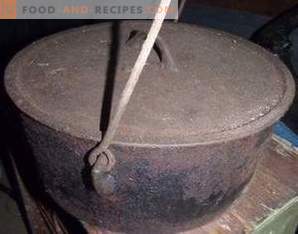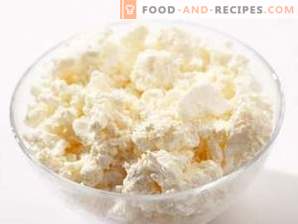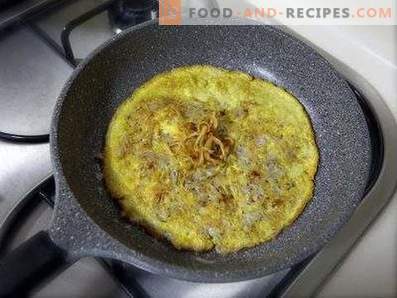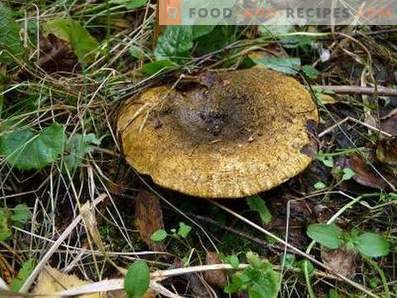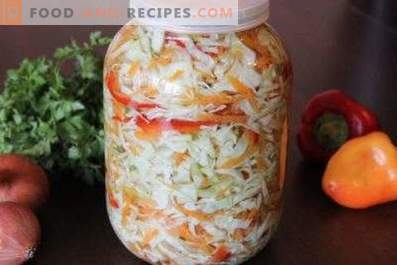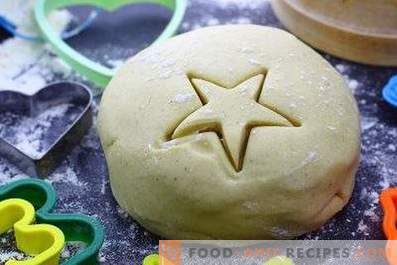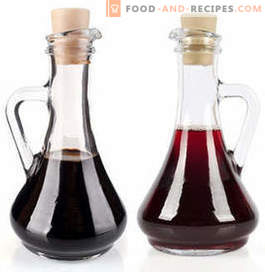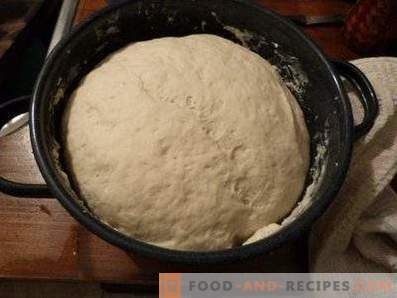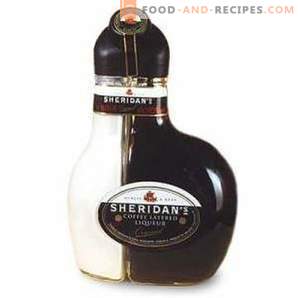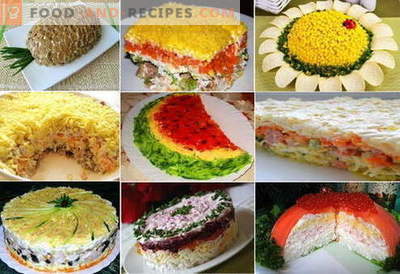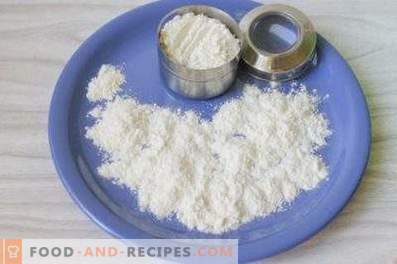
Any experienced housewife knows that even very careful care of the frying pan is not able to protect it from soot - oil and fat, which after each cooking and washing dishes still remain on its surface, and then under the influence of fire tight crust, which is very difficult to get rid of. Nagar is not as harmless as it may seem at first glance. It contains quite a lot of carcinogenic substances, which along with food enter our body. Plus, it looks like a frying pan with soot is very untidy, and its mass increases significantly, because in some cases the thickness of such a peel can go as high as 0.5-1 cm.
Therefore, it is natural that every woman in the kitchen who has a frying pan contaminated in this way wants to get rid of soot. A few decades ago, when women had no idea about non-stick coatings, cleaning pans was a purely masculine duty. The thing is that for these purposes a regular electric drill with a special nozzle was used instead of a drill, to which a piece of emery paper was attached. And it was with the help of a drill, by applying certain efforts that it was possible to completely remove the carbon from the pan. After that, its surface was polished, and the kitchen utensils looked like new. This method can be used in our days, but on the condition that there are no Teflon-coated frying pans in your household, which, together with carbon, will get rid of non-stick protection. But an ordinary cast iron skillet such a procedure does not hurt. If the house does not have an electric drill or a man who is capable of such a domestic feat, then you can use other recipes to clean the pan. For example, carbon deposits can be removed using silicate glue, 200 ml of which must be diluted in 5 liters of water. The resulting mixture should be poured into a wide and deep pan, picking it up so that the pan fits completely into the container. When the water with the glue boils, the pan should be dropped into it, and after about 20 minutes, add 0.5 kg of baking soda into the water and reduce the heat to minimum. “Boil” the pan should be about an hour until until all the carbon is gone and does not settle on the bottom. After that, the dishes should be thoroughly washed in running water. By the way, soda-glue solution after this procedure can not be poured. If you have other metal and ceramic items that need to be cleaned, you can also put them in a saucepan for 15-20 minutes to remove scum, carbon deposits or stubborn dirt.
If soot was formed only inside the pan, then you can remove it with the help of ordinary vinegar. To do this, it is necessary to pour it into the dishes in such a way that the liquid completely covers the bottom of the pan, then add 2 tablespoons of salt and bring the mixture to a boil. Now add 3 tablespoons of salt to the vinegar and boil the mixture over low heat until it is almost completely evaporated. However, it should be borne in mind that cleaning the pan in this way should only be done in a well-ventilated kitchen, otherwise the sour acetic smell will permanently settle in your home. After removing the soot, the pan should be immediately immersed in cold water, making sure that the steam does not burn your hands and face and then wash thoroughly with dishwashing gel. It is possible to get rid of soot with the help of citric acid, which should be taken at the rate of 1 teaspoon per 1 l of water. The resulting solution should be brought to a boil, then dip the pan in it and leave to soak for several hours. If from the first time the deposit does not completely go away, you can repeat the procedure again.
